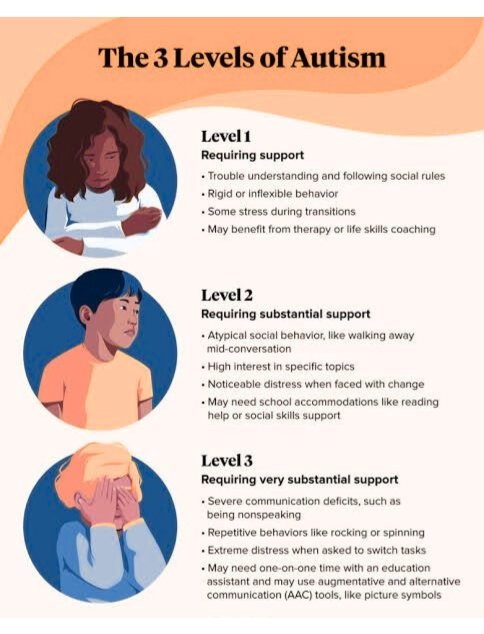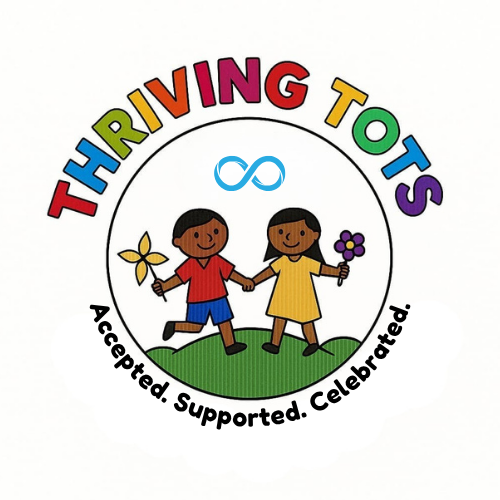What is Autism?
Autism or Autism Spectrum Disorder (ASD) is a neurodevelopmental condition that affects how a person communicates, interacts, behaves, and experiences the world.
It exists on a spectrum, meaning every autistic person is different, with their own strengths, challenges, support needs, and ways of being.
Autism is not a disease. It is not something to be "cured." It's a neurodivergent way of being. Autism is part of human diversity, and recognizing this helps us build a world where autistic children are accepted, supported, and celebrated for who they are.
Common traits and characteristics
Every autistic person is unique, but there are some common traits you might notice, especially in early childhood.
♾️ Differences in Eye Contact, Speech or Play
Some children may avoid eye contact, speak in a unique rhythm or tone, or engage in solitary or scripted play.
♾️ Social Communication Differences
This may include challenges with interpreting body language, facial expressions, tone of voice, or understanding unspoken social rules.
♾️ Repetitive Behaviors
These can include movements like hand-flapping, rocking, or repeating words and phrases (echolalia). They are often ways of self-regulation or expressing joy.
♾️ Strong Preference for Routines
Many autistic children find comfort in predictability and may become distressed when routines change unexpectedly.
♾️ Intense Interests
Deep focus on a specific topic or activity is common and often a source of joy and pride.
♾️ Sensory Sensitivities
This can look like being overwhelmed by loud sounds, bright lights, or certain textures, or, conversely, seeking out strong sensory input.
These are not flaws; they are simply expressions of a brain wired differently. Recognizing these traits is the first step toward understanding and supporting an autistic child in ways that honor who they are, not who the world expects them to be.
Early Signs & Diagnosis
Autism can be identified at any age, but early signs often appear between ages 2 and 3. These may include:
💙 Delayed speech or language regression
💙 Limited eye contact or social smiling
💙 Lack of interest in peers or pretend play
A formal diagnosis typically involves developmental screening, direct observation, and standardized tools used by qualified professionals.
While early identification can be helpful, many children—especially girls and those who mask—are often missed or misdiagnosed until much later.
Getting a diagnosis can open doors to support, community, and self-understanding. But it should never be treated as a label of limitation. At Thriving Tots, we see it as a key to unlocking what a child needs to thrive.
Autism Levels
As part of the diagnostic process, professionals may assign an autism level from 1 to 3 to describe the type and amount of support a person may need.

It’s important to remember that levels do not define a child’s worth or potential. They're not fixed labels, and needs can vary day to day or over time. Many families find that with the right support, their child thrives regardless of the level assigned.
Why understanding matters
Understanding autism fosters inclusion, reduces stigma, and helps ensure autistic people are accepted, supported, and celebrated. Not pressured to mask or conform.
At Thriving Tots, we honor every child’s unique way of being and advocate for support that lets them shine exactly as they are.
